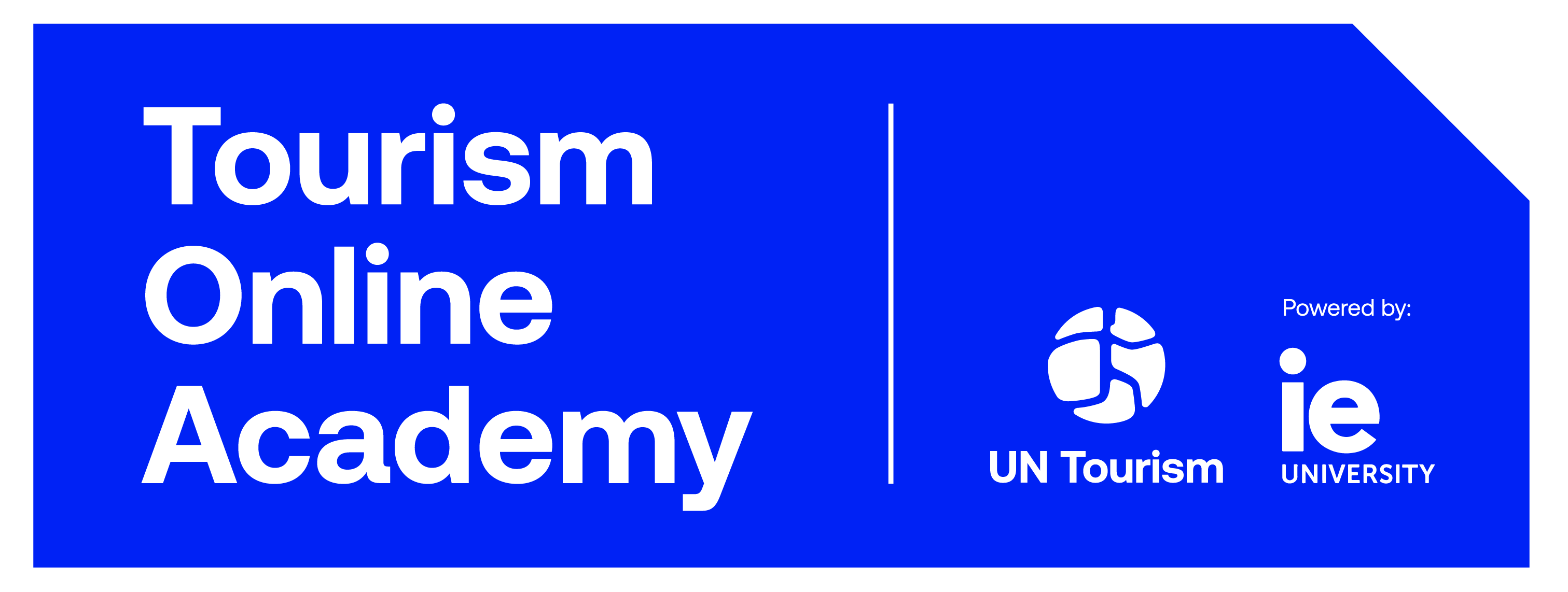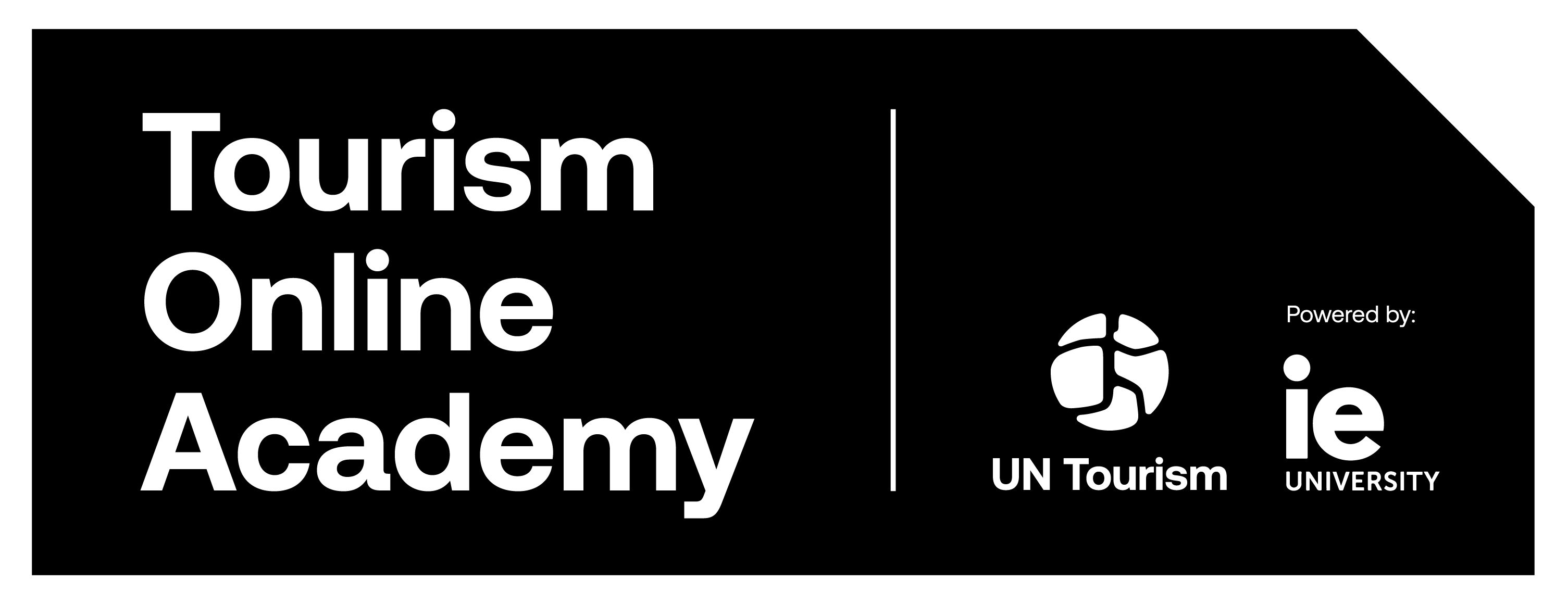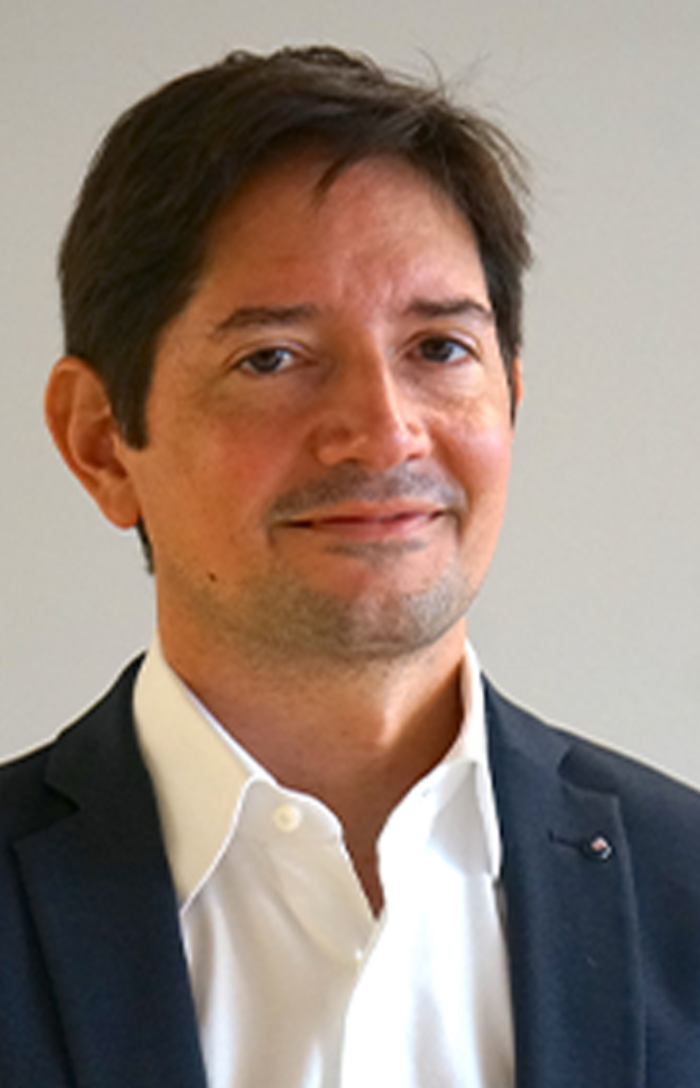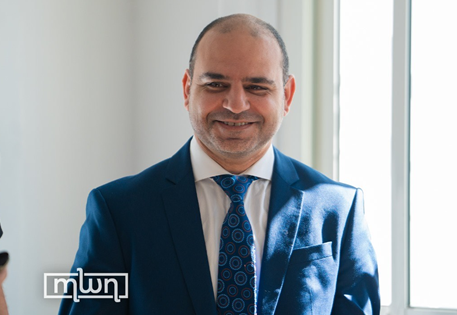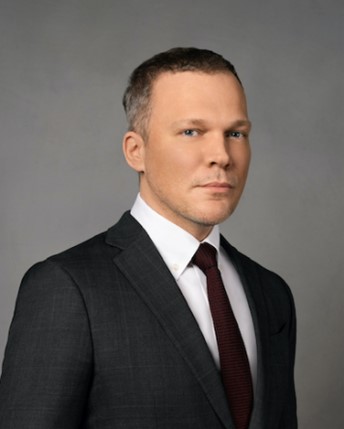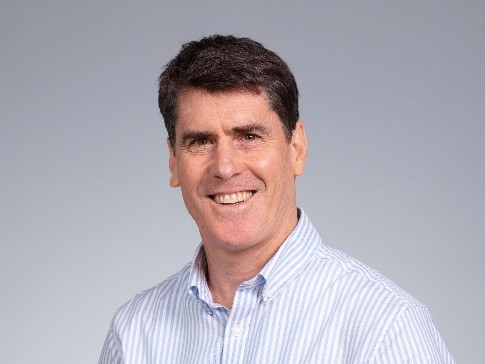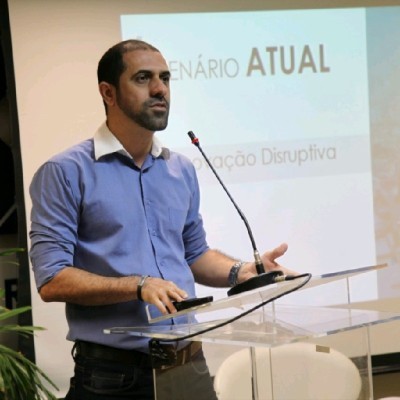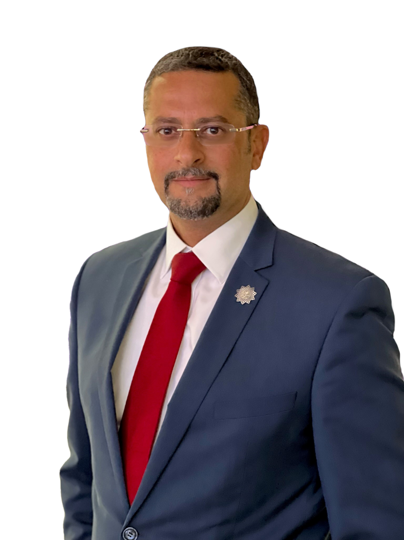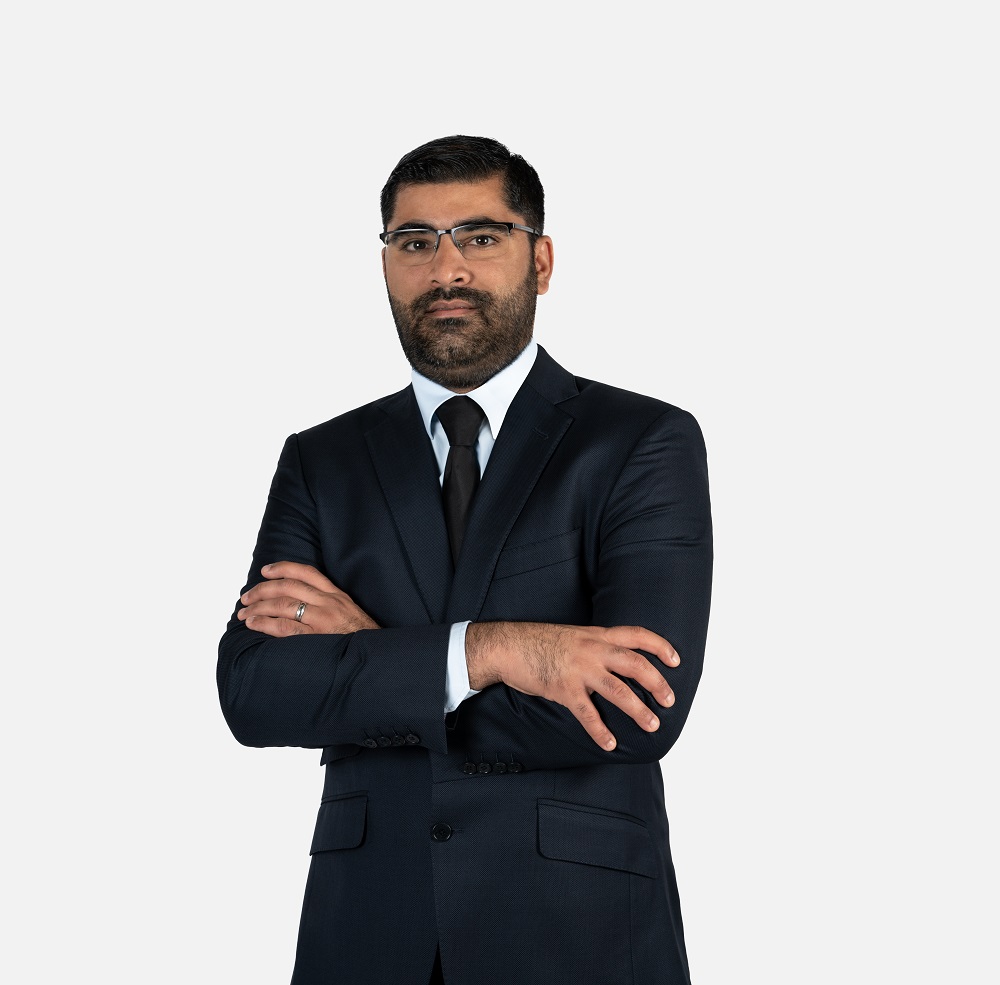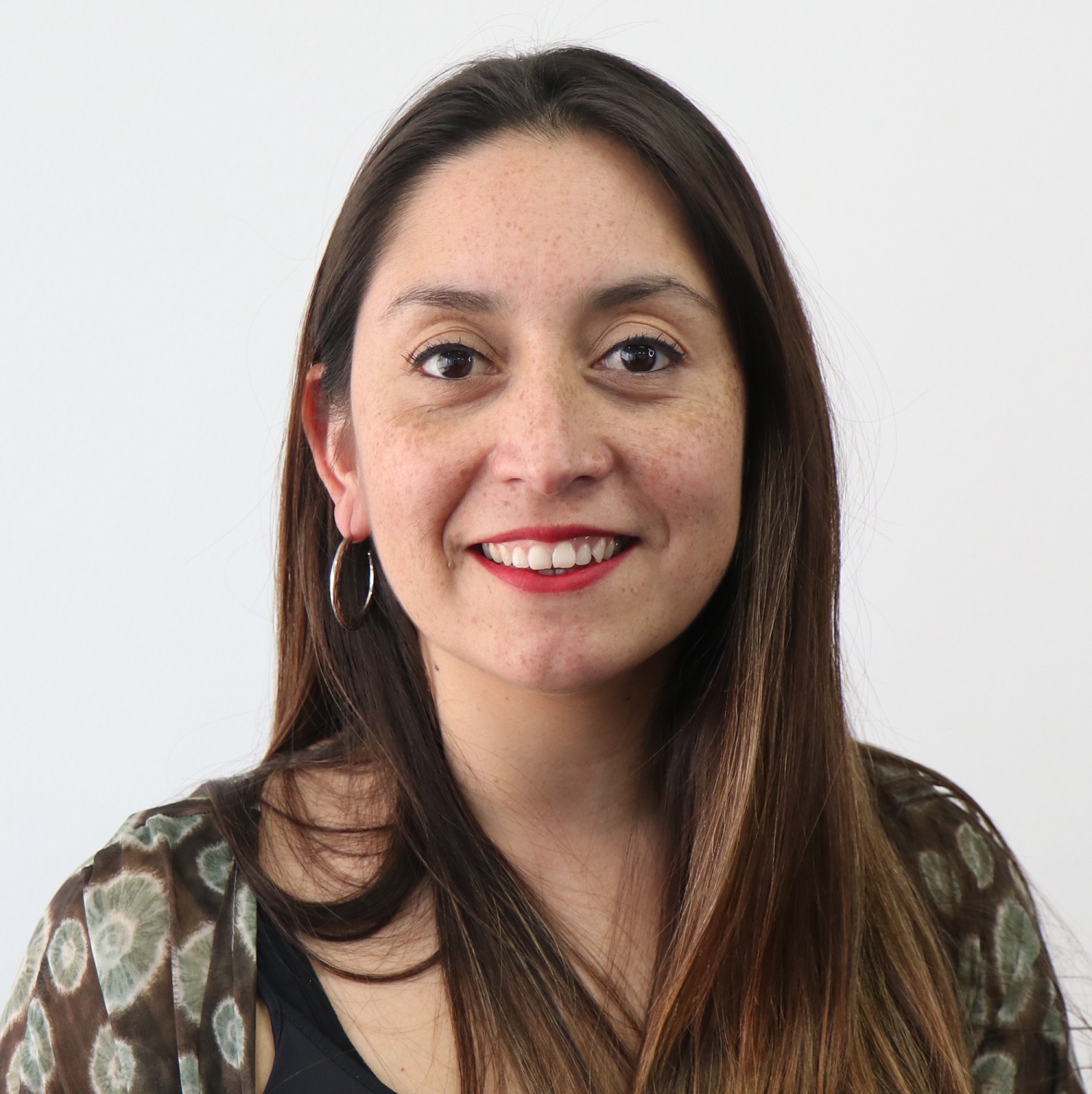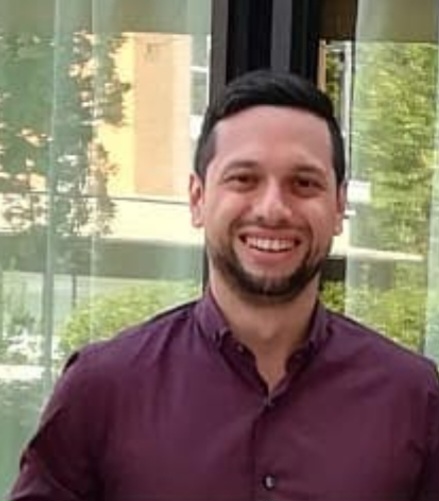A new model of tourism, smarter and more sustainable
A new model of tourism, smarter and more sustainable
BY
Aguaduna*
The tourism sector remains very attentive to its recovery after the impacts caused by the COVID-19 pandemic, but not only because of the need to resume its growth. Although 2020 was the most challenging year in the history of the sector, with a 74% drop in the volume of international travels compared to 2019, according to the World Tourism Organization (UNWTO), it is important to see the opportunities arising from this scenario. The time has come to propose a new vision for the future, focused on sustainable tourism and the circular economy – which represent the most suitable path for an integral recovery.
The tourism sector needs new projects that consider something that can be fostered by sustainable tourism: native citizens living in local communities using their ancestral roots, knowledge, and labor to preserve the memory, the cultural traditions, and natural features of their region. And all this within an environment occupied by historic villages, many of which are listed as historical heritage sites. That said, accommodation, leisure and gastronomy services have the obligation to be thought out from the beginning to preserve and perpetuate all this natural context of the areas in which they are installed.
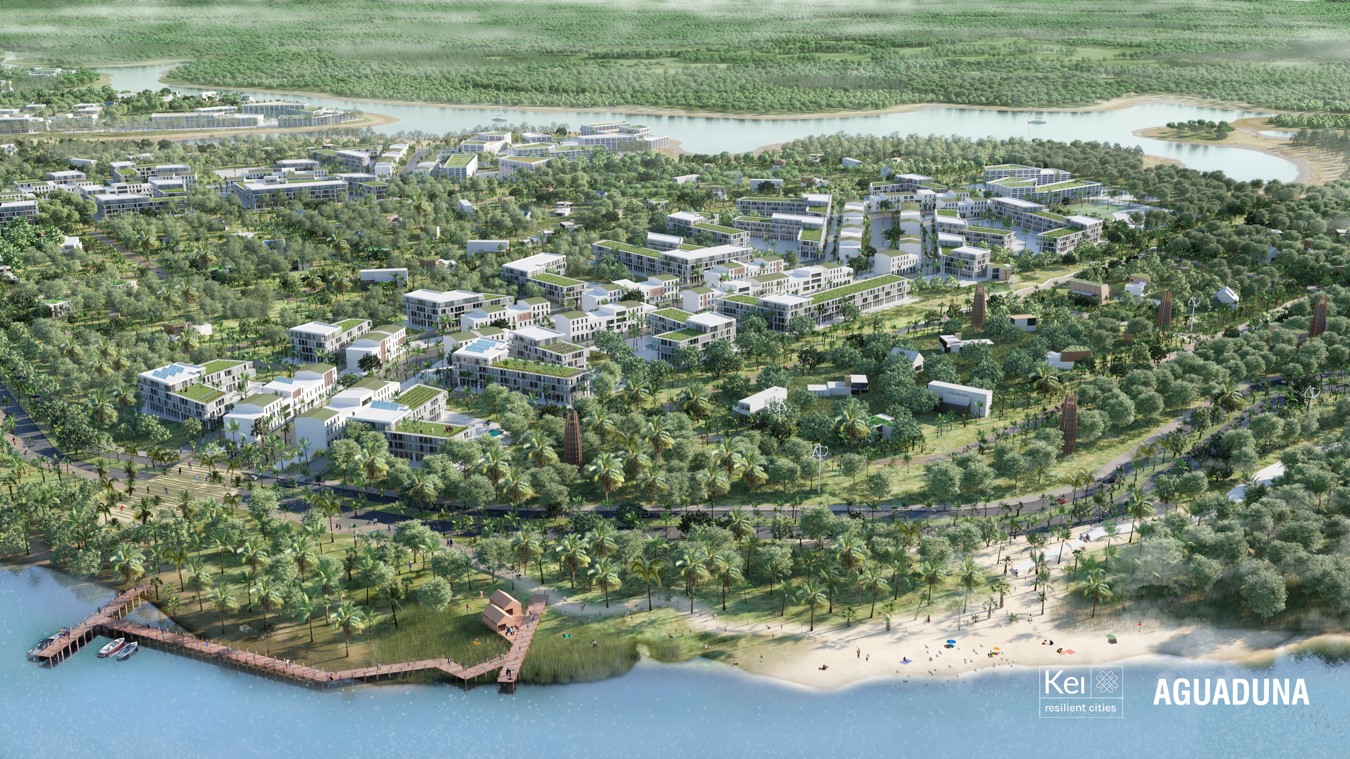
Aguaduna – Living Lab, Brazil (Source: courtesy of Kei Cities)
Here is the challenge: how to make new tourism ventures keep this natural setting for posterity and enhance its attractions, while still meeting the needs of the tourists who visit that area? How can these initiatives contribute to boosting the local economy, while always respecting the cultural characteristics of the region?
It was in search of answers to these questions that the world began to follow the emergence of promising projects for smart and sustainable cities, new technologies and innovative concepts that materialize the harmonious coexistence between human beings and nature. These are new alternatives that seek solutions for a socio-environmental context full of challenges. After all, human activity has modified the terrestrial environment by 75% and the marine environment by 66%, while 1 million species of animals and plants are at risk of extinction1. The disappearance and deterioration of biodiversity and ecosystems may jeopardize the achievement of at least 80% of the targets of 8 of the 17 United Nations’ Sustainable Development Goals. 2
New standards and concepts
The good news is that 40% of global ecosystems could be preserved by 2027 with exponential technologies that are already available and that contribute to their protection, monitoring and restoration 3 . One of these new concepts is the Decentralized Environmental Verification (DEV) Standard, whose objective is to accelerate environmental transparency with the participation of all actors involved in the tourism production chain.
This new standard, which can also be adopted for sustainable tourism, will allow anyone to become able to supervise the preservation of nature and protect biodiversity based on three principles: full open data to the public and to registered verifiers (such as companies that invest in carbon credits); inclusion and progressive improvement with the support of technology; and traceability and immutability of certificates, based on verifiable data sources.
DEV Standard may become a standard for the market by 2024. Based on it, agents that act in defense of the environment and the entire community that lives in areas of environmental protection will have in technology an important ally to facilitate the management and safety of ecosystems, in addition to keeping biodiversity safe for the whole of humanity.
Based on this and other concepts, sustainable tourism has generated initiatives capable of promoting a healthy balance between the needs of people, the planet, and the economy, responding to environmental and socioeconomic demands that become even more prominent over the years. Thus, a handful of projects confirm the enormous capacity of tourism and cities of the future to contribute to the sustainable development of countless locations.
Next generation of cities
One of these initiatives, which seeks to become a model that can be replicated in different parts of the world, is Aguaduna – a project located in the Northeast region of Brazil, in the municipality of Entre Rios, in the State of Bahia, which is part of a new generation of smart, sustainable cities. Developed by Kei Resilient Cities, with the support of multidisciplinary teams in Spain, Brazil, and the USA, Aguaduna will be a ‘living lab’ (or an open innovation ecosystem) for sustainable tourism, which means that it will have extensive integration with communities across the region, treating environmental preservation and the promotion of the local economy as an absolute priority.
With a total area of 1,000 hectares and expected to receive an average of 5,500 tourists per day, the challenge is to combine minimal environmental and social impact with local economic development – within the expectation of benefiting directly and indirectly around 380,000 people in Entre Rios and its surroundings. The location is close to other important Bahia cities such as Salvador, Camaçari, Feira de Santana and Mata de São João, where the tourist region of Praia do Forte is located, as well as Aracaju, capital of the State of Sergipe.
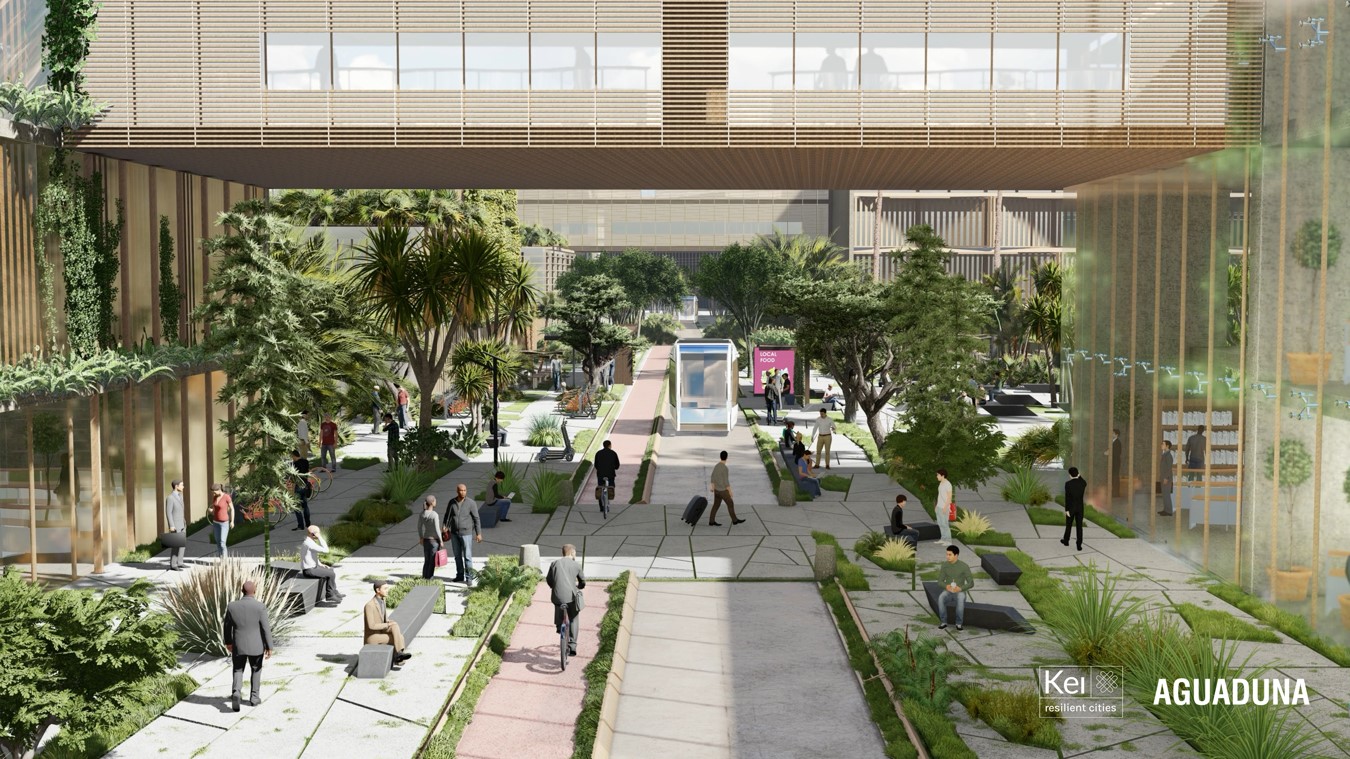

Aguaduna – Smart solutions for mobility and public areas (Source: courtesy of Kei Cities)
By promoting a broad integration between a new smart city and this entire geographic area and its ecosystem, the initiative will benefit the tourism sector, people residing in the region and socio-environmental preservation. To strengthen this commitment, the project closed strategic alliances with companies of great importance in their respective industries, including Siemens, Segurpro, Enel X and Cetrel. This is a highly qualified group of partners that will implement advanced technologies in areas such as infrastructure, security, energy and water supply.
Hospitality and more humane treatment
Another example is Neom, a territory in Saudi Arabia with 26,500 square kilometers. The venue is already planning its first smart city, named The Line – designed in the form of a car-free line, with locomotion carried out by an efficient, high-speed transport system. Telosa, a sustainable city project to be built in a desert region in the USA, has its economic model based on “equitism”, a concept whereby citizens own a stake in the land where they live, and on inclusive growth. The site will be integrated with nature for outdoor recreation and greater environmental sustainability.
All these projects propose a new vision that combines hospitality with a more human treatment with the local community. There are characteristics of Aguaduna, in particular, that stand out in terms of innovation and sustainability. In addition to having built-up areas occupying only 14% of its territory and the direct participation of the community in its governance, the project will also contemplate the artisans’ cooperative and rural workers with the best use of resources, the creation of demand and the generation of jobs. The objective will benefit all entities involved, including communities of indigenous tradition. This will happen through the preservation and enhancement of the biome, the sea transparency, air quality, the culinary arts and other local customs that are part of the local history.
There is no longer any doubt that each and every tourist enterprise needs to preserve the natural and cultural attractions that have shaped the region and the context in which they are inserted. In the case of Aguaduna, tourists and vacationers from Entre Rios and its surroundings will continue to enjoy typical dishes such as ‘arrumadinho’, Afro-Brazilian worship in ‘terreiros’ and cultural celebrations such as the Day of Iemanjá and the washing of Subaúma.
The same goes for handicrafts, such as braiding in ‘piaçava’ straw, music such as ‘samba de roda’ and dances such as capoeira and ‘maculelé’. It is also worth mentioning the appreciation of ecotourism, based on experiences connected to nature as in the Sapiranga Ecological Reserve; and support for wildlife conservation initiatives such as Projeto Tamar and Projeto Baleia Jubarte.
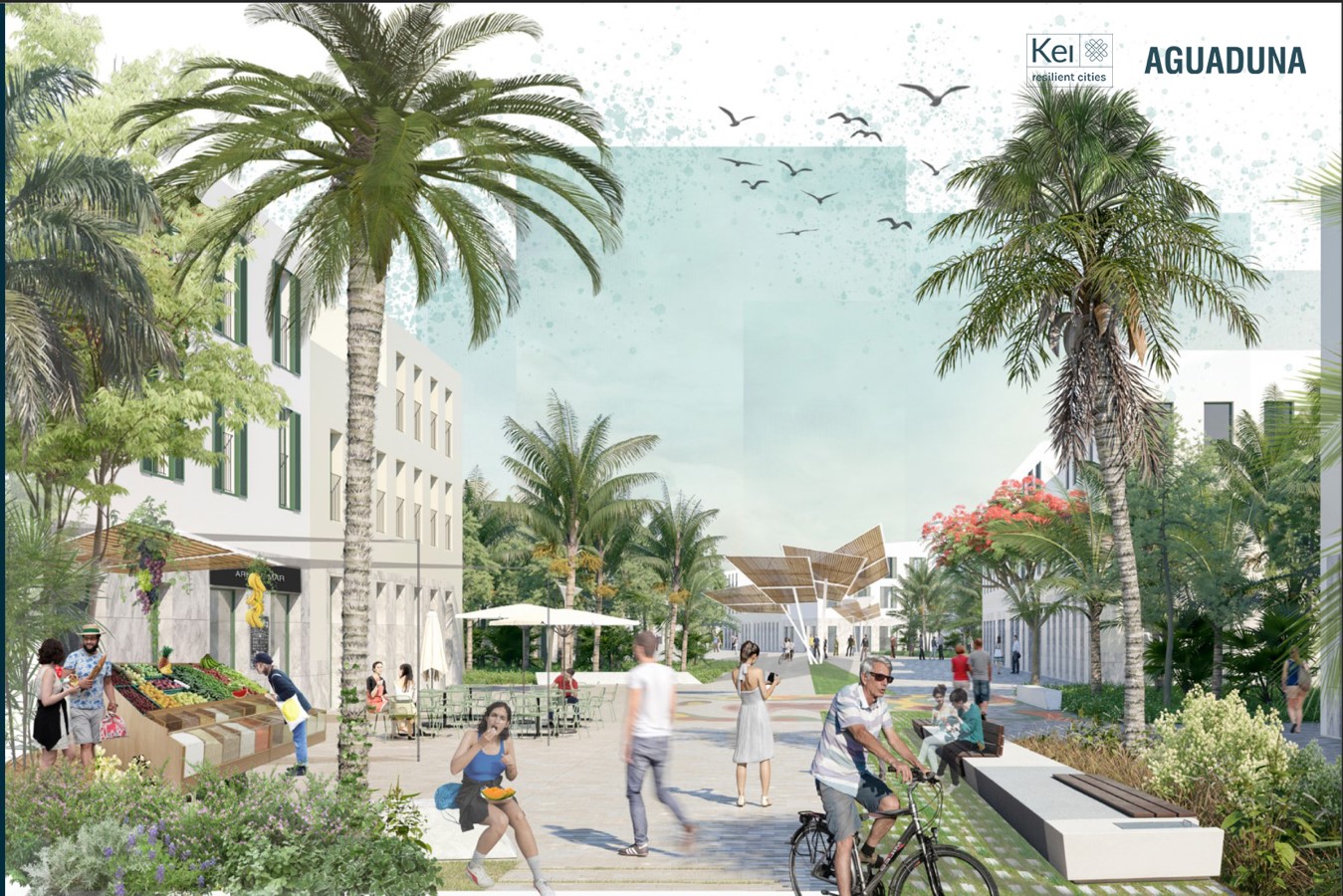

Aguaduna – Pedestrian-friendly public environment with diversified public spaces, shops, local products market, restaurants, children’s areas (Source: courtesy of Kei Cities)
Sustainable experience
This philosophy based on the integration with nature and local culture also connects with a habit increasingly appreciated by travelers: the ‘slow travel’. A new behavior that has broken paradigms in the sector, seeking to provide tourists with the chance to fully experience the environment, valuing personal experience, immersion in local communities, contact with nature and the cultural teachings of the destinations visited.
In addition, it is possible to go beyond high-quality experience tourism associated with the advances provided by a smart and sustainable city. It is important that a project with this profile concentrates several solutions in compliance with the sustainability tripod. In addition to tourist facilities, complexes such as those mentioned can bring together innovation hubs and spaces for education and professional training – a set that provides inclusion and social well-being, reduces inequality, and promotes entrepreneurship.
This purpose has as main pillars the circular economy; the creation of jobs linked to innovation, in sectors such as the Internet of Things (IoT) and data management; and prioritization of alternative modes of transport, including autonomous, shared, non-polluting means of locomotion. In this new smart city model, it is also possible to generate jobs in areas such as services, commercial, scientific, technology, health, education, and agribusiness. It is also worth mentioning the social and economic recovery of the rural tourism, guaranteeing subsistence and growth opportunities for several communities.
Data management
It is still necessary to establish an increasingly connection between new models of cities with the fulfillment of the objectives of sustainable tourism – which can be facilitated through the management of large-scale data, capable of measuring their social and environmental impact. Projects such as Aguaduna, for example, are equipped with tools that help to neutralize the impacts that the tourism activities can cause in certain destinations, maintaining this balance in the long term.
In this sense, a data management platform can help to implement the concept of Big Data and artificial intelligence algorithms. Through blockchain technology, it will be possible to add a layer of transparency to the management of the city, safely attesting to the sustainability and efficiency of its services. In addition, concepts such as the DEV Standard generate incentives for those who preserve the balance between economy, society, and the environment – influencing topics such as carbon and biodiversity offsetting, and food security.
Projects linked to sustainable tourism strengthen this industry’s role in keeping cities viable and resilient in the long term. These are experiences that combine innovation, technology, and connectivity to restore the balance between society and nature. May these new ventures pave the way for other innovative initiatives on behalf of the tourism industry worldwide.
*Aguaduna is a pioneering smart and sustainable city project located in the Northeast of Brazil
Manuel Matutes
Co-founder of Kei Cities, General Partner of Aguaduna and member of the Board of Directors of Palladium Hotel Group and biotech companies. Besides being an active Business Angel of the Spanish Innovation Ecosystem, he is the founder and board member of Palladium Corporate Ventures. Manuel Matutes has a degree in Electronic Systems Engineering with Executive MBA from IESE Business School
Did you like this article and are interested in learning more about the fundamentals of tourism? Then we invite you to enroll today in the Introduction to Tourism- Industry management MOOC!
References
- http://UN’s website and UNEP’s report “Ecosystem Restoration for People, Nature and Climate”
- http://Story published by Madridiario on August 3, 2022 with data provided by VictoriaLand
- http://Report “Time for an Epic Victory: Protecting Nature with Exponential Technologies”, by Christopher Córdova, published in 2022





